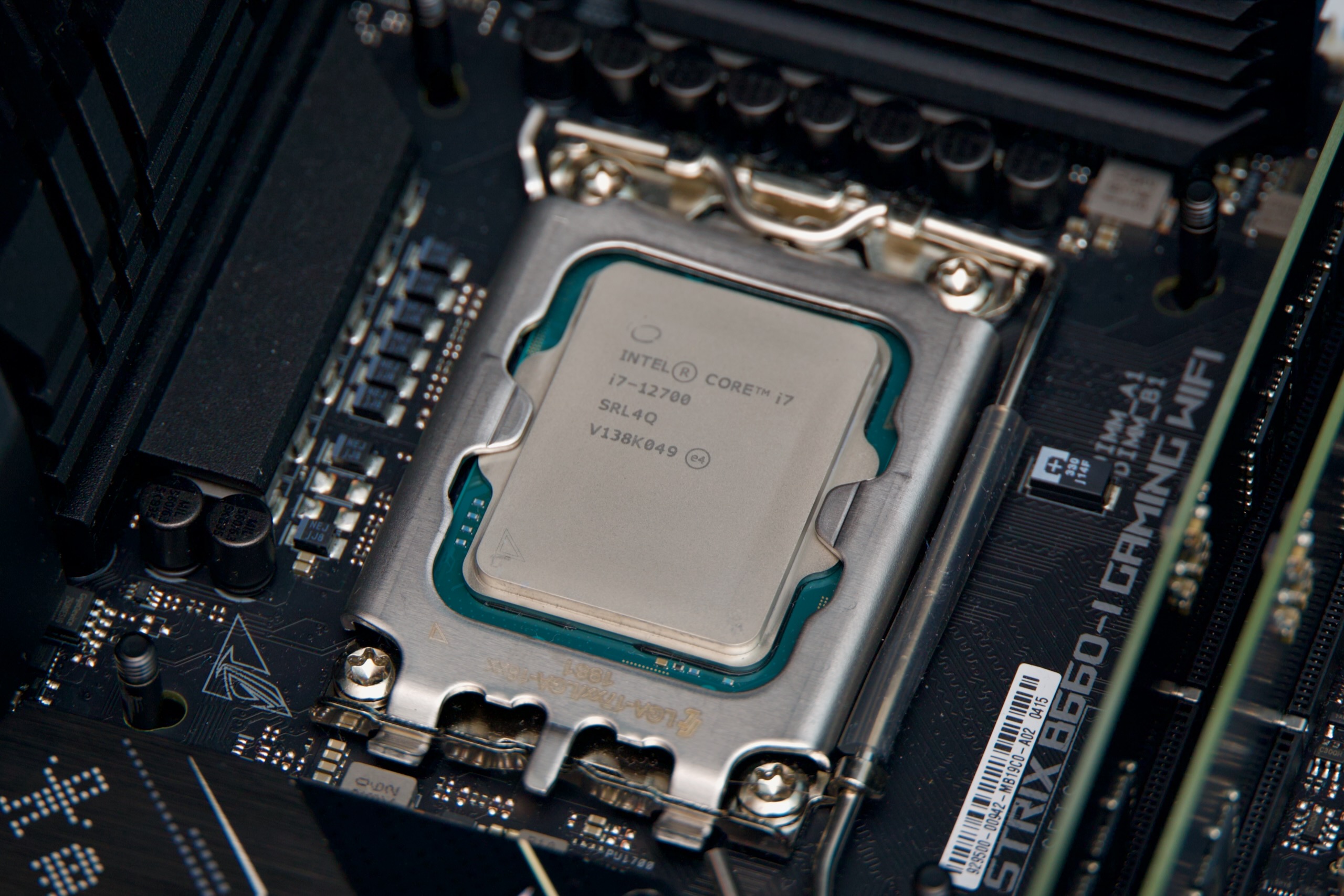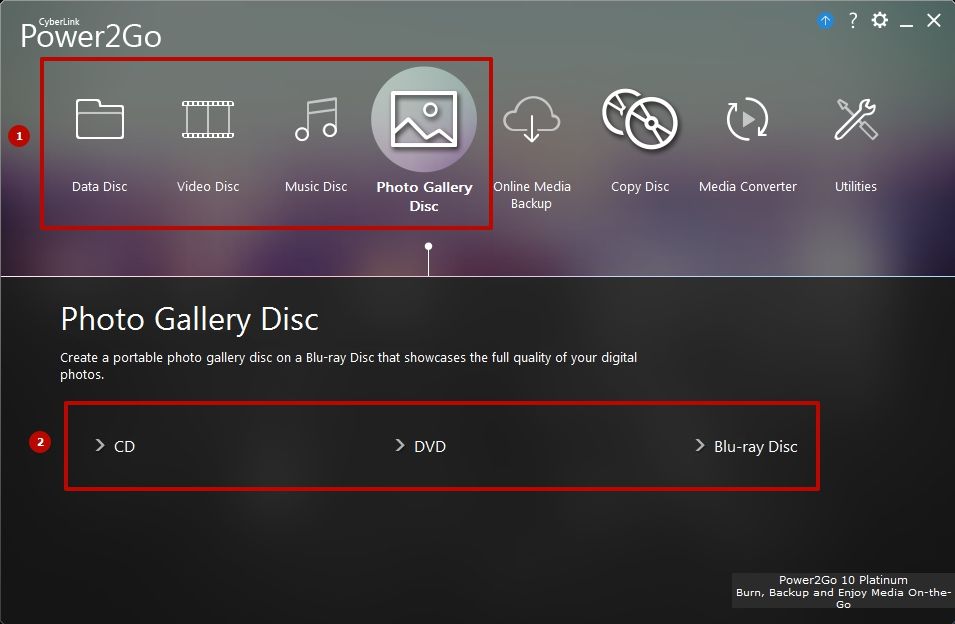
Since about 1980, the rate of reservoir construction has slowed considerably. In the middle of the 20th Century, when urbanization was occurring at a rapid rate, many reservoirs were constructed to serve peoples' rising demand for water and power. The trend for the future will probably be to build small-scale hydro plants that can generate electricity for a single community.Īs this chart shows, the construction of surface reservoirs has slowed considerably in recent years. In the early part of the century hydroelectric plants supplied a bit less than one-half of the nation's power, but the number is down to about 10 percent today. In fact, most of the good spots to locate hydro plants have already been taken. Gosh, hydroelectric power sounds great - so why don't we use it to produce all our power? Mainly because you need lots of water and a lot of land where you can build a dam and reservoir, which all takes a LOT of money, time, and construction. Reservoir construction is "drying up" in the United States Methane, a strong greenhouse gas, may also form in some reservoirs and be emitted to the atmosphere. So, building dams can require relocating people. Reservoirs may cover people's homes, important natural areas, agricultural land, and archaeological sites. These changes may harm native plants and animals in the river and on land. Operating a hydroelectric power plant may also change the water temperature and the river's flow. These structures may obstruct fish migration and affect their populations. Most hydroelectric power plants have a dam and a reservoir. However, hydropower facilities can have large environmental impacts by changing the environment and affecting land use, homes, and natural habitats in the dam area. Hydropower does not pollute the water or the air. Hydropower is nonpolluting, but does have environmental impacts In some cases, displacement of local populations.In some cases, changes in reservoir and stream water quality.Fish entrainment or passage restriction.In some cases, loss or modification of fish habitat.In some cases, inundation of land and wildlife habitat.Hydroelectric power is not perfect, though, and does have some disadvantages For nuclear power plants there are waste-disposal problems.Companies must dig up the Earth or drill wells to get the coal, oil, and gas.They use up valuable and limited natural resources.Read an expanded list of advantages of hydroelectric power from the Top World Conference on Sustainable Development conference, Johannesburg, South Africa (2002)ĭisadvantages to power plants that use coal, oil, and gas fuel It's renewable - rainfall renews the water in the reservoir, so the fuel is almost always there.

The technology is reliable and proven over time.Relatively low operations and maintenance costs.Hydropower plays a major role in reducing greenhouse gas emissions.
#Power to go vs power to go 8 free
Water to run the power plant is provided free by nature.Fuel is not burned so there is minimal pollution.Producing electricity using hydroelectric power has some advantages over other power-producing methods. Untapped hydro resources are still abundant in Latin America, Central Africa, India and China.



No doubt, Jack the Caveman stuck some sturdy leaves on a pole and put it in a moving stream. People have used moving water to help them in their work throughout history, and modern people make great use of moving water to produce electricity. The Chaudiere Dam diverts water from the Ottawa River, Canada. Sources/Usage: Some content may have restrictions.


 0 kommentar(er)
0 kommentar(er)
